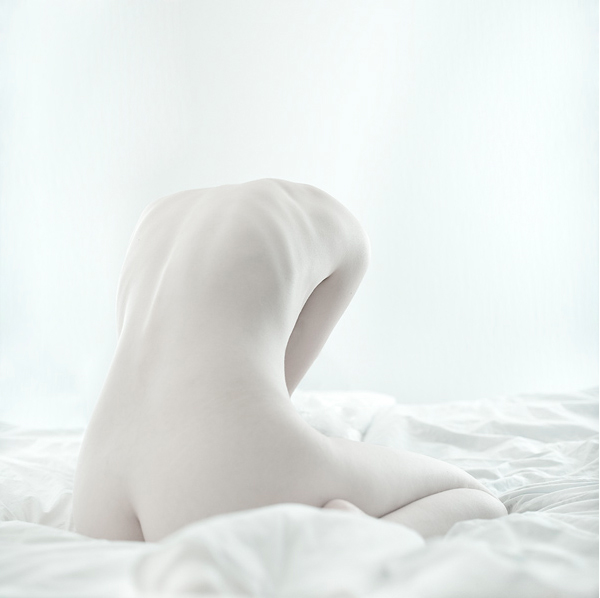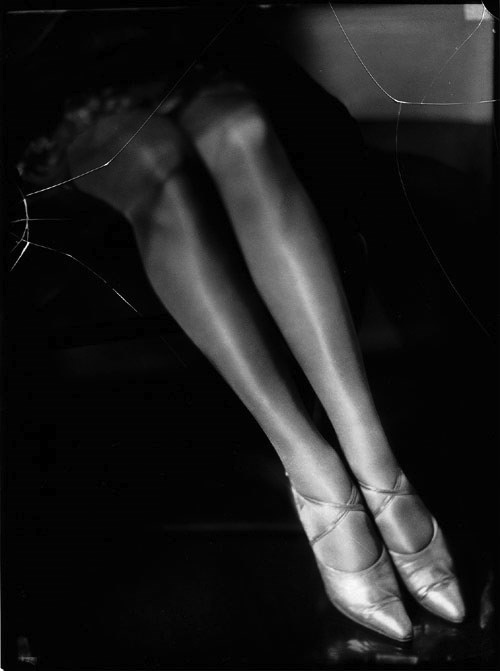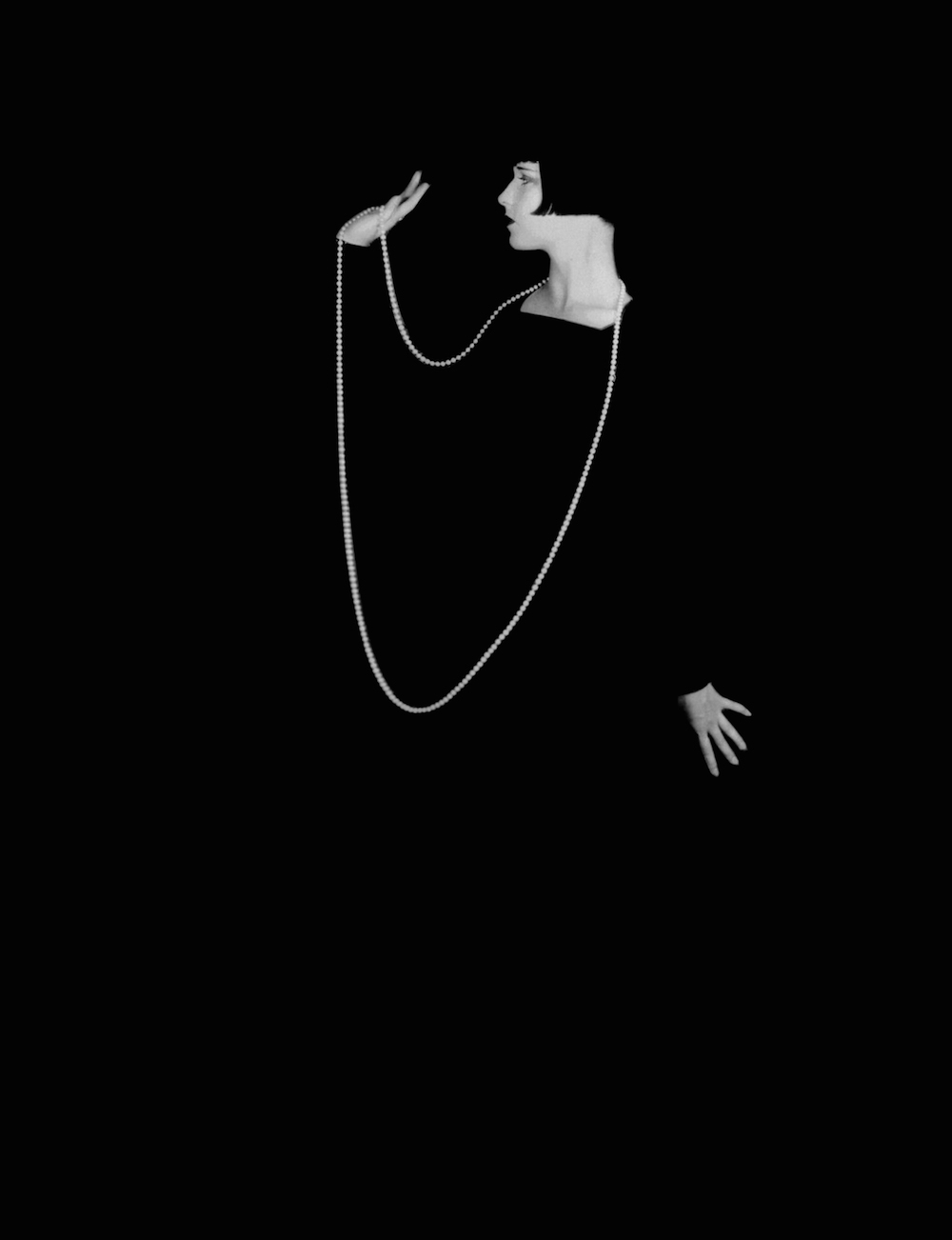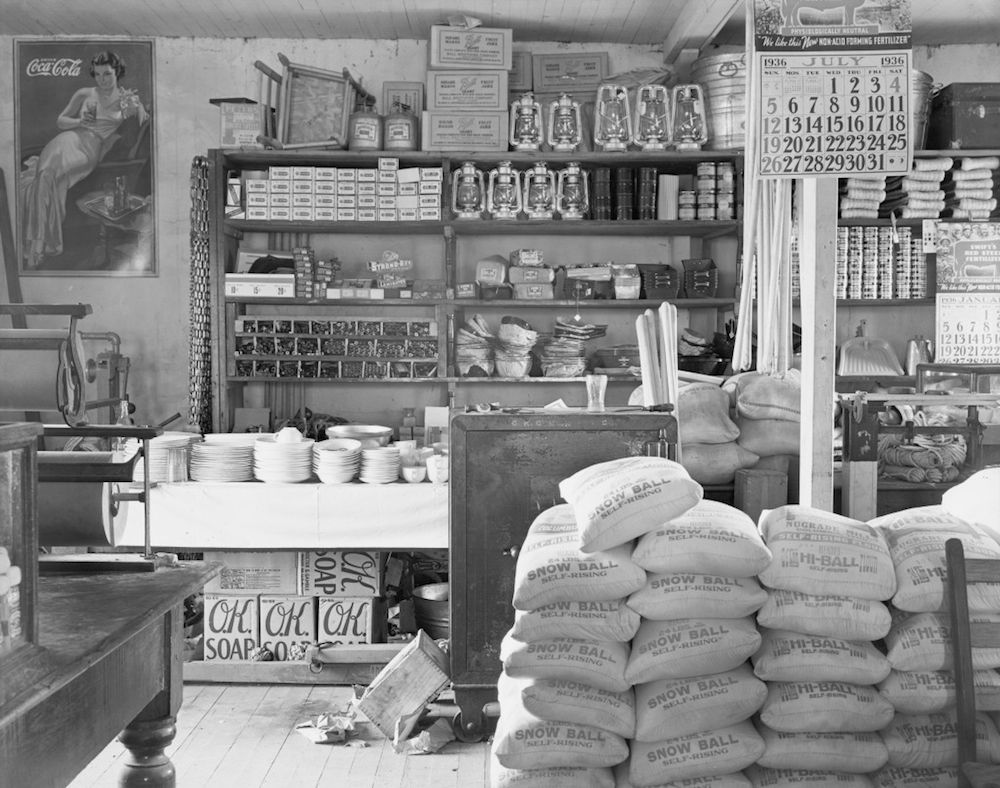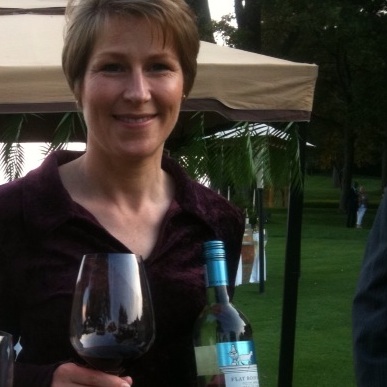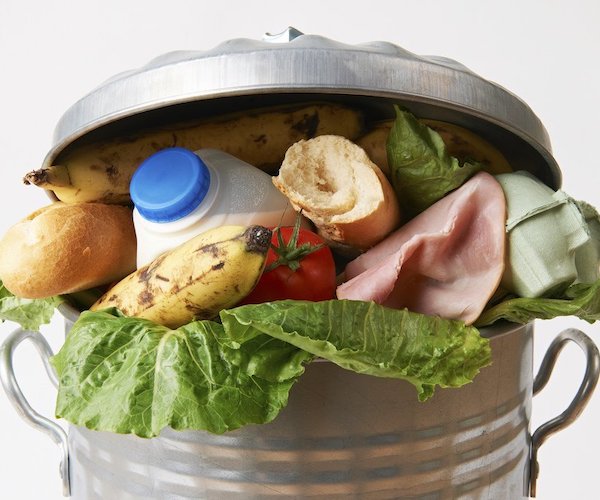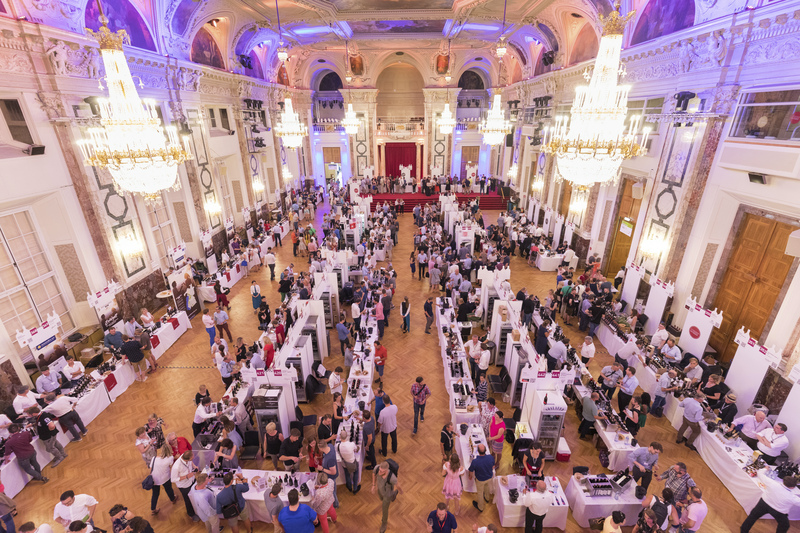Wine and Art is an ongoing GFR series on the relationship between the two creative endeavours by collagist Lorette C. Luzajic, who took the photgraph “Play Doh” reproduced below.

What do you drink when you look at pictures? I often hear complaints about the ubiquity of images. From Instagram to glossy magazine ads to social media, we are bombarded with intense visual stimulation, flickering past by the millisecond. This creates a pseudo-reality, some say, where representation substitutes reality. Simulacra and simulation and all that. This lot contends that our minds are damaged by the flickering stimuli, fracturing our attention span into a thousand little pieces.
I suppose these Luddites are entitled to their opinion. But I welcome the enchanted world of photography, and the dizzying tumble of images from every surface of modern life.
Consider a world without photographs. Until about 150 years ago or so, no one had EVER been able to preserve, for history, for art, for memory, any thing whatsoever about the past. Far from making life unrea l- “Ceci ce n’est pas un pipe” etc. – images have given us access to truth, art, human experience, harsh reality, ancestral connection, long distance communications and so much more.
Think about the fact there is almost no visual witness documentary to history, outside a few drawings and paintings and later re-enactments or imaginings. And art? The vast majority of works in art history were single copies, seen by few, now ashes. We can’t even fathom what was lost.
Of course, not all images are created equal.
What makes a good photograph?
Curiously, what makes good photography is not all that different from what makes good wine. While we wouldn’t use terminology like “buttery” or “tannic” in viewing images, concepts like structure, composition, balance, contrast, colour, craft, tradition, and innovation are vital components of both arts.
Both wine and photography sometimes exhibit other, more specific characteristics particular to their intentions and style. These qualities reflect what the creator was hoping to convey or capture and include drama, simplicity, elegance, discovery, creativity, originality, rarity, inventiveness, passion, boldness, mystery, and more.
Mystery is a key factor in many lasting works of artistry. Mystery adds depth to our experiences. We are propelled by curiousity, intrigue, and a sense of something beyond our limits of understanding.
Consider how wine is a sort of alchemy. A common grape is spun into gold, with rarities fetching thousands of dollars per bottle. And how does the grape take on a world of flavours, departing from “grape juice” into a splendor of perfumes and tastes? -freshly mowed lawn, autumn apples, caramel truffles, smoked Gouda, dewy apricots, sliced cantaloupe, and copper.
The mystery deepens as we imbibe- wine is, after all, not grape juice, but the blood of the gods (“Sangiovese,” the mainstay of Tuscan wine, actually translates, “blood of Jove” or, Jupiter.) We sip on it and magic takes place, an enhancing of all that is good and dispelling of all that is negative.

Mystery is a compelling trait in the work of many of the great photographers, too. It is the reason we still remember, recognize, and regard them after another century of technical bells and whistles and parades of other worthy artists. With nothing but fog and street lamps for special effects, Brassai, Eugene Atget, and Alfred Stieglitz are conjuremen of a misty past. Taking us through the city streets into the mysterious world of the night, we encounter rag picker ghosts and lonely prostitutes; we stumble into noisy pool halls and the din of lively after-hours nightclubs where clandestine lovers and miscreants meet.
Each of these three greats employed distinct modus operandi – Atget’s devotion was to courtyards and balustrades and cobblestones, and his obsession was to document old Paris before it vanished through modernization; Steiglitz wanted photos to be more like paintings; and Brassai crawled the darkness and became known as one of the foremost night photographers in history. But it is the sense of mystery in their works that keeps us returning again and again to pictures we have seen a thousand times.
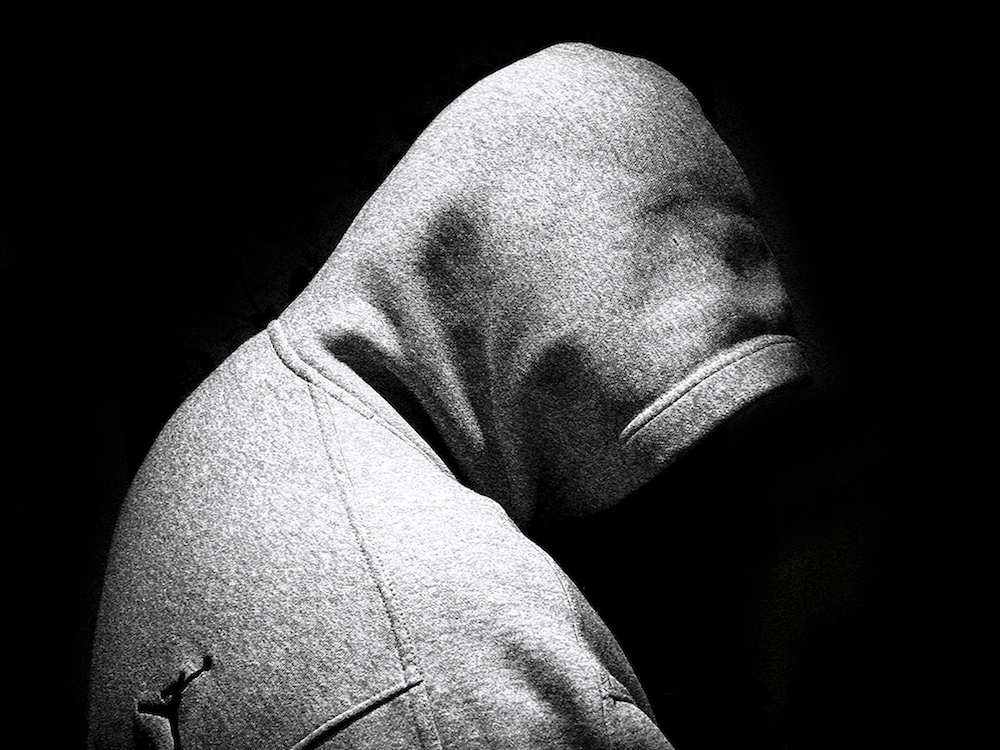
Dramatic intensity can also create standout photography (or wine). Ralph Martin employs mystery with stark contrasts and strong emotional impact in his portrait, “Andrew.” He withholds everything, including his subject’s face, which is unusual in a portrait and wallops an emotional punch at the viewer. The dramatic qualities combined with flawless composition, balance, and contrast, make for a masterful photograph.
The best work of ‘20s and ‘30s fashion photographer Yva relied on similar dark and light contrasting, and in these shots, she, too, avoided her model’s face.
This photographic chiaroscuro was perhaps most iconically employed by Eugene Robert Richee in his enduring portrait of silent film star Louise Brooks with her pearls.
Shiraz wine, a personal favourite, is dramatic, too, sidestepping buoyant, fruity pleasantries to assault the senses with pepper, clove, leather, toffee, tobacco. The impact is intense and immediate.
Wine writer Susy Atkins also finds drama in Australian Chardonnay. Chardonnay from the hot regions of Australia, she says, “used to be almost too much, leaving you with a mouthful of sawdust and vanilla.” Such wines were a “shock to the senses” of anyone who usually “sipped bland, weak, light white wines.” Atkins likens such beverages to the overdramatic friends we all know. “…Like most extroverts, the loudest wines get a bit tiresome after a while.” A little bit of restraint goes a long way. Using simplicity and elegance alongside dramatic qualities is key, as we can visualize with the help of the aforementioned photographers.
Indeed, our soul longs, too, for a lighter touch, for featherweight beauty. Little surpasses the sensuality of Michael G. Magin’s cottony, powdery nudes; a light, lemony, airy Pinot Grigio or some of the dry French blushes might come close.
Photography is not just about the sensuous and the dramatic and the epic; it is about the ordinary and everyday, too. We mark the fabric of our own lives with snapshots and Instagram. Walker Evans, famous for depicting the Great Depression, did his best work when snapping porches, storefronts, streets, and shop objects. He was one of the first photographers to employ the “hidden camera” and took countless pictures of regular people on the subway. In his final years, he took thousands of Polaroids of the most mundane things around him. “A garbage can, occasionally, to me at least, be beautiful,” he said. This corresponds to my own philosophy when taking pictures. I’m not going to waste my time looking for a suitable subject. The world is full of subjects, and beauty and curiousity come in a multitude of guises.
Everyday wines are some of the most treasured ones, too. Not every occasion calls for rare and vintage and for lavish expenditures. You can never go wrong with a hearty yet elegant Malbec shared with friends. I’m also willing to bet that half your family doesn’t even know that Zinfidel is really red, not pink, and you should drink the pink with them. It’s gooey and glorious and nostalgic and sentimental and goes with anything that goes on the BBQ. Hell, it’s the drug of choice for some of the world’s most distinguished and esteemed leaders: Saddam Hussein had stockpiles of Mateus Rosé in his palace vaults, unapologetically piled next to fancier, pricy champagnes.
Of course there are many differences between taking pictures and making wine. There are differences between any two arts. Music is auditory; paintings are visual. Dance is created with the whole body; dance itself splinters into a thousand forms, from ballet to Indonesian funerary rites. The experience of making and drinking wine has very different intentions than the act of witnessing or preserving information or events through photography. Wine is a much older art than the relative newcomer of photographic technology.
There are countless distinctions we can make- one is about food and taste, and about physiological chemical response that leads to relaxation or better; the other can alter or define memory, too, but not in the same physical way.
But we can have a more profound appreciation for all kinds of creativities when we start to see their commonalities, too. Wine and photography both rely on craft but are made better by innovation and by making an emotional connection with the participant. It’s one thing to say, “He used the state of the art equipment” and quite another to be moved to tears or laughter.
In short, both photography and wine embody an experience; the best of either creates an emotional connection that gives depth to the person’s experience; and both are best judged by the stories that they tell.
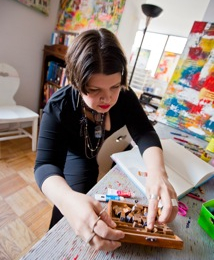 Lorette C. Luzajic is an artist and writer with roots in southern Ontario’s wine country soil. Native to Niagara, at home in Toronto, her work is inspired by wine, cheese, and bleak post-apocalyptic literature. If you missed her at the ROM or the Ritz, visit her at ideafountain.ca. Photo: Ralph Martin.
Lorette C. Luzajic is an artist and writer with roots in southern Ontario’s wine country soil. Native to Niagara, at home in Toronto, her work is inspired by wine, cheese, and bleak post-apocalyptic literature. If you missed her at the ROM or the Ritz, visit her at ideafountain.ca. Photo: Ralph Martin.

